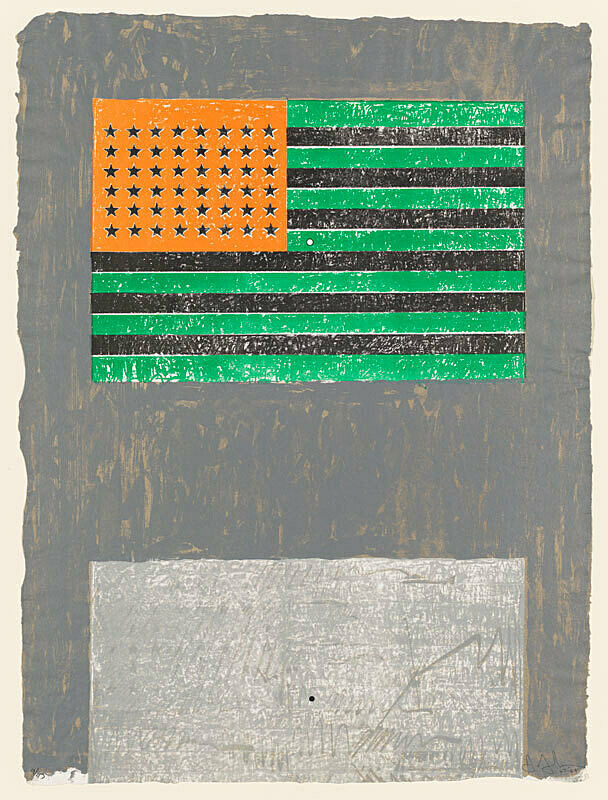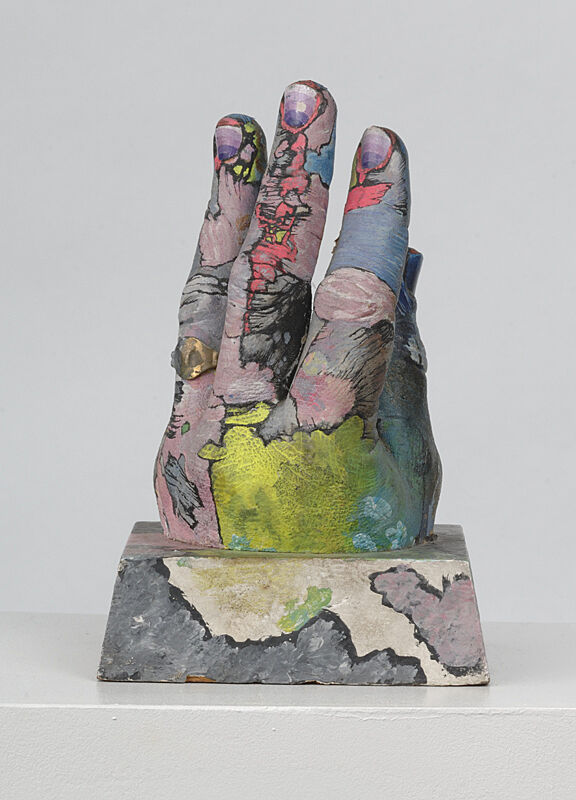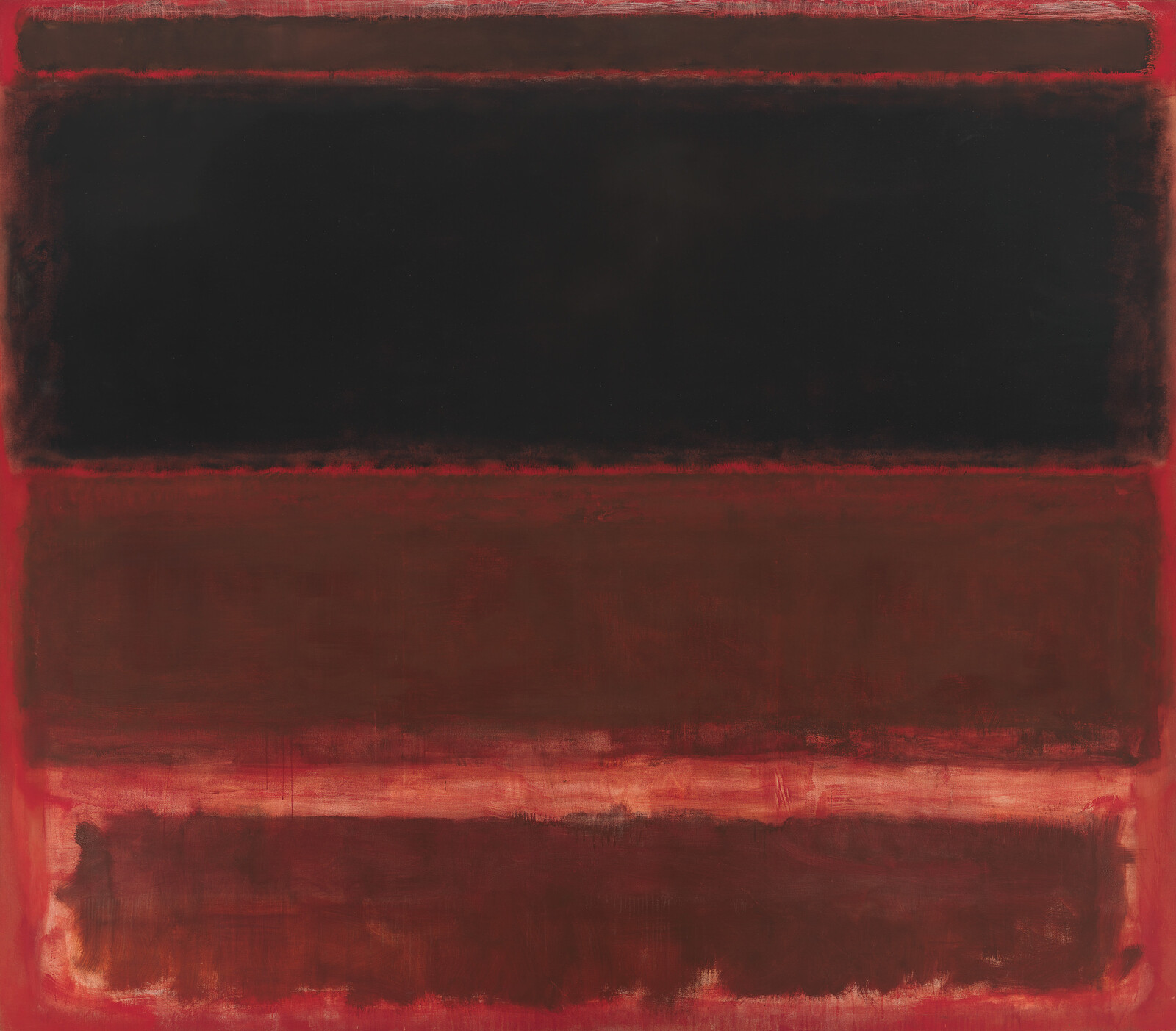Andy Warhol
1928–1987
More than any other artist of his generation, Andy Warhol understood how photographic images reflect and shape the way we see the world. Working across multiple mediums—painting, drawing, printmaking, photography, film, video, and installation—he pushed beyond the boundaries by which each is defined, his art and name becoming synonymous with Pop. But his influence extended far beyond the 1960s: indeed, Warhol’s work foreshadows the ease and ubiquity with which we create and consume images in the digital era.
Born Andrew Warhola and raised in Pittsburgh, Warhol attended the Carnegie Institute of Technology and received his BFA in 1949. That same year he moved to New York, where he became a highly successful commercial illustrator, drawing advertisements for shoes and designing window displays for department stores. In the early 1960s he decided to concentrate on making fine art. Appropriating an image from a National Enquirer ad for plastic surgery (Warhol previously had plastic surgery on his own nose), he made four different paintings titled Before and After. Although he painted these works by hand, Warhol used an opaque projector to enlarge the ad and trace it onto the canvas—one of the techniques he employed as a commercial illustrator. Unlike his Abstract Expressionist forebears, Warhol wanted to achieve an art that could be “noncommittal, anonymous,” and so he progressively eliminated evidence of the brush in each variation of the subject until all visible traces of the artist’s hand were removed from Before and After, 4. From the start, Warhol selected images that were familiar but could be interpreted in multiple ways. For instance, Before and After, 4 references the transformational powers of plastic surgery as well as the assimilating desire to conform to expected notions of beauty.
Green Coca-Cola Bottles signals Warhol’s shift toward the processes of mechanical reproduction. Here he created a single woodblock stamp to imprint a grid of 112 signature silhouettes of Coca-Cola bottles, but within a year he would shift to the more efficient silkscreen technique for which he became famous. The rows in this painting might suggest an assembly line as well as a grocery store shelf, or anticipate the linear and modular configurations of Minimalism. This serial arrangement of the bottles, in combination with the conspicuous placement of the logo, underscores Warhol’s summation of the democratizing effect of such products: “A Coke is a Coke,” he explained, “and no amount of money can get you a better Coke than the one the bum on the corner is drinking.”
Warhol selected subjects that had an immediacy and relevance to contemporary culture for his silkscreen paintings, often using images culled from the news. The nine blue and gray canvases of Nine Jackies feature three different photographs of Jacqueline Kennedy from events surrounding the assassination of her husband, President John F. Kennedy. Arranged in rows, the first image was taken in Dallas just prior to the assassination; the second during his funeral; and the third as Lyndon B. Johnson was being sworn in as president on Air Force One. The filmic nature of the arrangement emphasizes the stillness of the images; frozen in time and presented out of temporal sequence, they impart a sense of the public’s grief and confusion. It is a history painting in which the story has gone horribly wrong.
Birmingham Race Riot was similarly based on photographic imagery, here specifically from a 1963 LIFE magazine spread showing peaceful civil rights protesters being attacked by police with dogs and water hoses. Unlike the repeated imagery of silkscreened paintings Warhol made on this and similar subjects, this screenprint features a single image that he cropped to maximize its dramatic effect.
Warhol also created his own photographs—employing Polaroid cameras as well as strips of cheap black-and-white photo-booth images—to use as source material for his paintings. His sitters included celebrities, socialites, and artists, as well as habitués of the Factory, his New York studio.
By the late 1970s Warhol began experimenting with abstraction, in what was seen by many as a puzzling move by an artist famous for his representational imagery. Rorschach was made by painting onto one vertical half of the canvas, then folding and imprinting it onto the other half (a blotting technique he had evolved years earlier as a college student). In its reference to the Rorschach test, which analyzes a subject’s perceptions of an inkblot, the painting is a potent reminder of Warhol’s understanding of the mutability of the visual image and of art itself.
Dana Miller and Adam D. Weinberg, Handbook of the Collection (New York: Whitney Museum of American Art, 2015), 395–397.
Introduction
Andy Warhol earned his BFA from the Carnegie Institute of Technology in 1949. Early in his career, he was a successful commercial artist and illustrator, and his work was published in magazines and a variety of print media. In the 1960s, he helped launch the Pop movement with his silkscreened paintings of soup cans, Coca-Cola bottles, celebrities, and comic strips, as well as his prints and sculptures of common objects and household products. His studio, known as the Factory, became a magnet for extreme personalities, and he began shooting films there ca. 1963. In 1965 he announced that he would give up painting for filmmaking, though he continued to produce paintings and prints. His films tested the notion of endurance, 'Sleep' and 'Empire' lasting 5 and 8 hours, respectively. His filmed portraits were often static images of a single subject prolonged over the length of a single reel of film. Warhol embraced media of all kinds, producing experimental books, video works, and multiples. In 1966 and 1967 together with the Velvet Underground he produced the Exploding Plastic Inevitable, a series of multimedia events, as well as an album. He survived an assassination attempt in 1968. During the 1970s he focussed on commissioned portraits, and also founded the magazine 'Interview,' which continues to be published. He is considered by many to be one of the most influential artists of the late 20th century.
Country of birth
United States
Roles
Artist, cinematographer, collector, commercial artist, graphic artist, illustrator, installation artist, painter, performance artist, photographer, publisher, sculptor, writer
ULAN identifier
500006031
Names
Andy Warhol, Andrej Varchola, Andrew Warhol, Andrej Warhola, Andrew Warhola
Information from the Getty Research Institute's Union List of Artist Names ® (ULAN), made available under the ODC Attribution License. Accessed December 18, 2025.

































